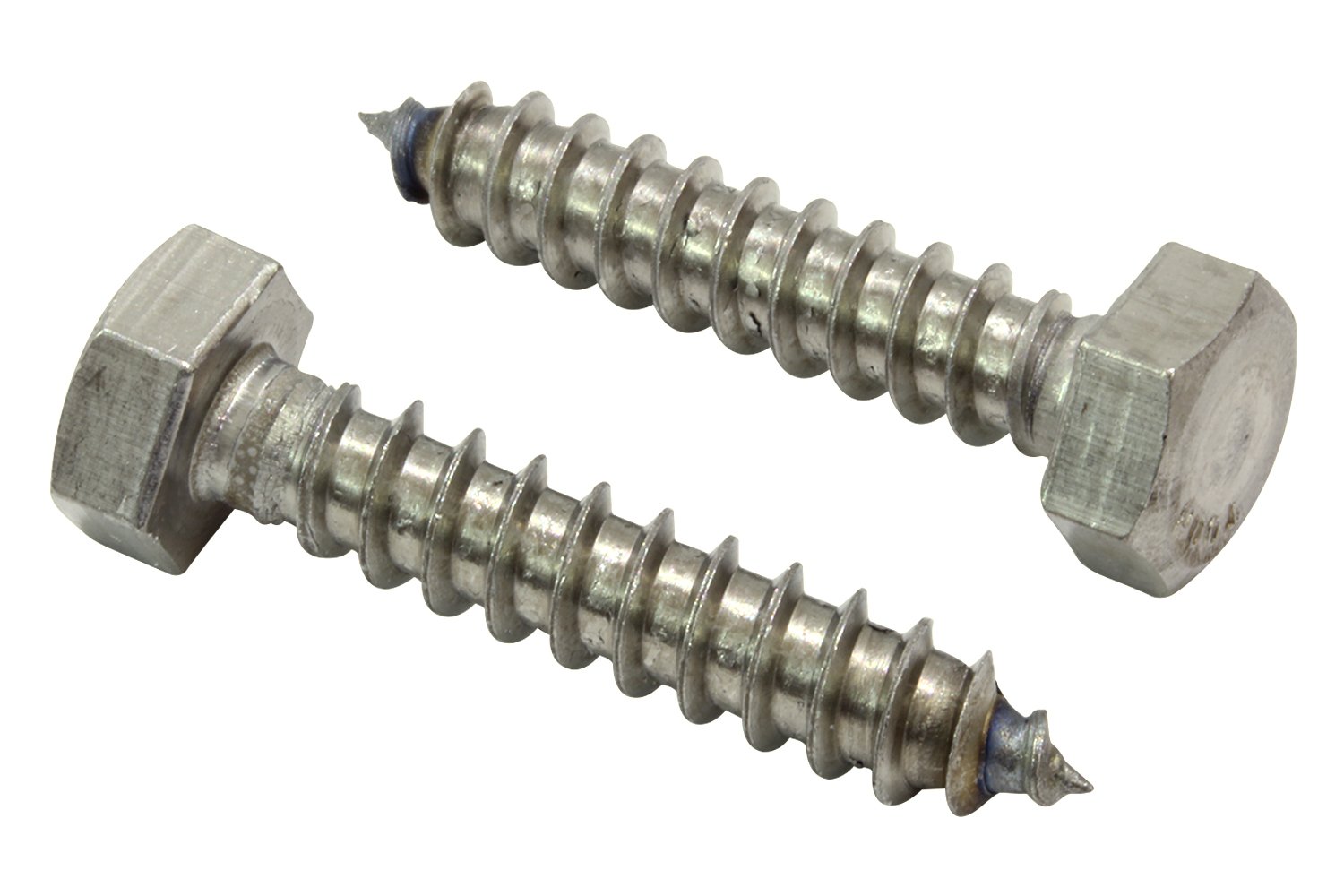Choosing the right screw size is more than just a technical detail; it impacts the integrity of the entire project or repair work. Mistakes in screw sizing can result in poor fastener performance and even structural failure.
Correctly measuring a screw can help prevent such mistakes. To measure a screw, you need to know three essential measurements: gauge, length, and thread pitch.
Diameter
The diameter of a screw is the width of its threaded portion. It is usually measured as a first number in either inches or millimeters, with the second measurement being the threads per inch (TPI). Screws with fewer TPI have coarser threads and are easier to install, while screws with more TPI have finer threads and are harder to install.
The metric system lists the diameter of a screw first, then the length. For example, a package of screws labeled “5.0 x 40mm” has a 5.0 mm diameter and a length of 40 mm. Screws smaller than 1/8″ often use a number system instead of a gauge to designate their size, with numbers increasing from #12 to #0000 (super-tiny). In this case, the number corresponds to a fraction of an inch and you will need a chart or a calculator to figure out what the diameter actually is. (See our article How to Measure the Diameter of a Screw.)
Length
The length of a screw is the distance from where the screw’s head meets its threaded tip to the point at which it will penetrate the material into which it’s being screwed. Choosing a screw with the correct length will ensure that it will enter the material without becoming loose or breaking.
Imperial system screws will usually list the gauge first, followed by the length, with the thread count (TPI) listed as a number between them. This makes it very easy to determine a screw’s size using a screw gauge or digital caliper.
Metric system screws will often include the diameter and length in their name, so this can be even easier to figure out than with imperial systems. However, they’ll often use a naming convention that may be confusing at first glance – like 3 x 40mm. This is simply the metric equivalent of the imperial lengths that would be given in a screw with a major diameter of 5mm and a thread pitch of 32 TPI.
Head Size
Screws can have a variety of heads, including oval and flat. With screw types that have a flat head, length is determined by measuring from the top of the head to the tip or blunt end of the screw. For screws that are not flat, you can measure the diameter of the head with a thread gauge. This is a strip of metal that has various sizes of thread cut into it, and you can work your way through them to find the size of your screw.
You can also use a ruler or tape measure to identify your screw sizes. If the screw packaging is labeled in metric, you will need to determine the corresponding imperial measurements. This includes the major diameter, which is the widest part of the screw’s thread; and the minor diameter, which is the smallest part of the thread. You will then need to figure out the screw’s thread pitch, which is how many threads are found in a one-inch section of the screw.
Thread Pitch
When purchasing screws, it’s important to consider the thread pitch as well as diameter. The thread pitch describes the distance between two adjacent crests on a screw’s thread profile. It is a vital measurement for ensuring an accurate fit between male and female threads. Screws with a higher thread pitch will travel farther when turned than those with a lower thread pitch.
The major diameter is the larger of the two extreme diameters delimiting the height of a screw’s thread profile and can be measured using go/no-go gauges or directly with a caliper. The minor diameter is the lesser of the two extremities and can be measured with a caliper or by counting the number of threads. Both the major and minor diameters can be converted between the alternative value using conversion tables or calculators. Threads per inch, or TPI, and thread pitch describe the position of thread peaks. They do not imply a certain quality of craftsmanship or quality of fasteners.pilot hole for 1/4 lag screw

